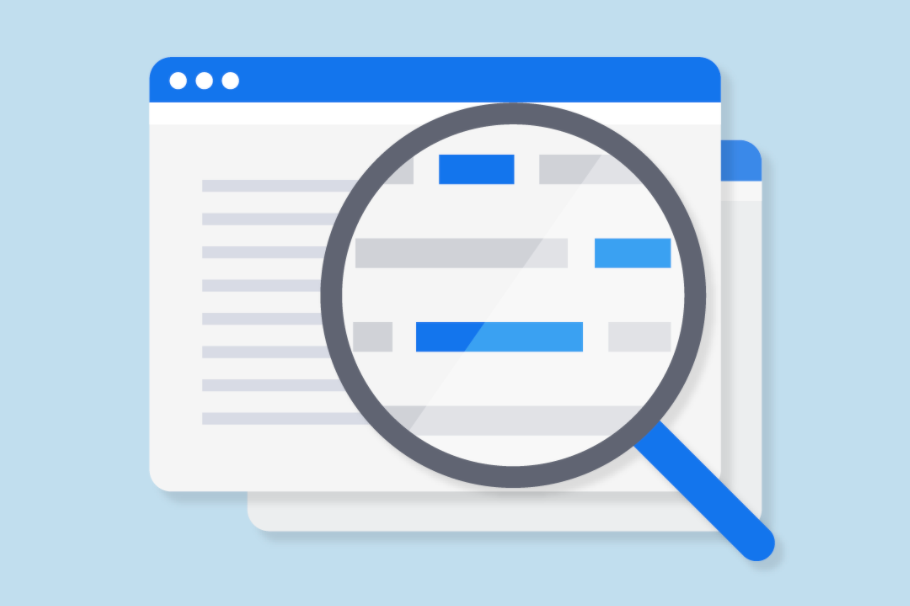Have you ever considered the accessibility of your website?
15% to 20% of the population of the United States have difficulties reading. That’s a lot of people.
But accessibility doesn’t get as much attention as it probably should. In this article, we’ve compiled 10 tips to make your website more accessible.
10 rules to make your website more accessible
1) The site should be accessible via keyboard, without using a mouse
This is easy to test – just try to navigate through your website without using your mouse.
2) Images should have proper alt text
…so that screen readers can understand the message conveyed by the image.
3) Use unique, specific hyperlinked text
An example will display the idea better:
CLICK HERE to send us a message → To send us a message, USE THE FEEDBACK FORM
4) Make sure your text has enough contrast
Keep your font size big enough to read, and use a background color that’s readable. This is helpful for everyone, not just people with difficulties reading. Generally, using dark black font on a white background works best.
Sans serif font is also easier for reading online than serif. Roboto is a good choice for websites. (Editor’s note: This website is written in Roboto.)
5) Use headers for structuring your content
- Use <h1> for the primary title of the page.
- Use headings to indicate and organize your content structure.
- Do not skip heading levels, so don’t go from <h1> to <h3> unless your post is shorter.
6) Use labels in your form inputs instead of placeholders
Placeholders are hard to read, and they disappear when users start typing. It’s preferable not to use them.
7) Avoid absolute units for text size, such as specifying text size using pixels
Use relative sizes, because they enable you to scale depending on other content and screen size.
8) Only use tables for tabular data
For organizational purposes.
9) Use ARIA attributes when necessary
These are a set of elements to add to your HTML code to make your website more accessible.
10) Be aware of Web Content Accessibility Guidelines
These are accessibility guidelines published by the Web Accessibility Initiative of the World Wide Web Consortium.


